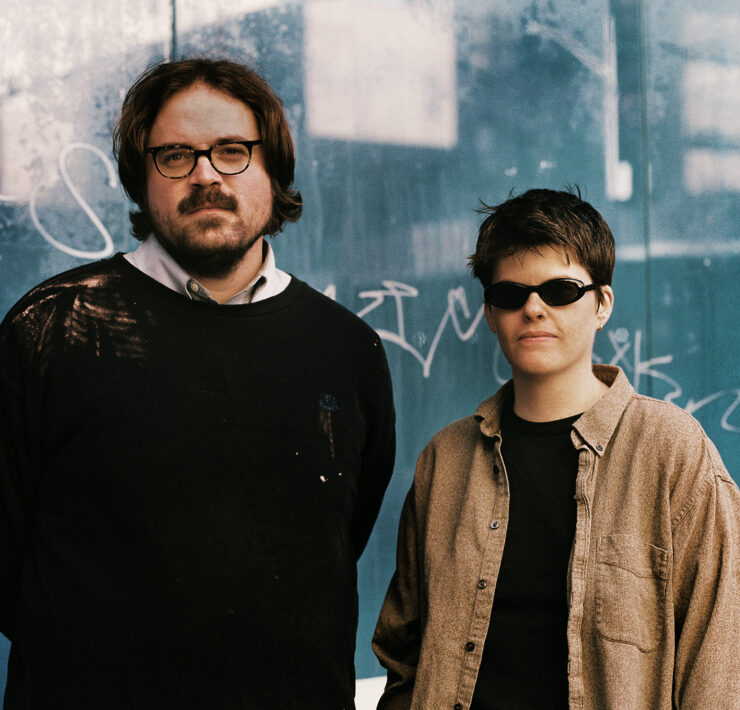Demistyfing trans sexuality

Shanna Katz, M.Ed, ACS is a queer, kinky, board certified…
The transgender community doesn’t get as much attention as other groups in the LGBTQ World – but the trans umbrella, often written “Trans*” to encompass to the many identities in it, is broad and may refer to as transgender, trans man, trans woman, transsexual and more.
This is the first piece of a multi-part conversation with Colorado trans* identified folks on trans sexuality – one that be similar, or very different, from other LGBTQ folks – and on what dating and relationships may look like for trans* people. In this issue we’ll be looking at the idea of trans* sexuality, and what it looks like for each of those interviewed.
What does sexuality look like for transgender identified folks? Isaiah, 23, said that “people often mistakenly think that gender identity and sexuality [or sexual orientation] are interchangeable terms.”
“Outside of the queer community,” Isaiah said, “it is assumed that if you identify as a man, you will be interested in women and vice versa. Being trans means sexuality is fluid. The farther I get into my transition, the more fluid my sexuality has become. Being trans has freed me to engage romantic relationships with people all along the gender spectrum.”
For him, being trans has opened up the door to being attracted to people of all identities.
For Molly, 32, trans sexuality can be a little more complicated, based on who she is attracted to. “I believe being a trans women makes my sexuality a bit more unique from others in the LGBQ community,” Molly said. “The main reason is because I am attracted to lesbians, and straight men. The difficulty is that I identify my gender by my social interactions, and not my body parts. I often do not know how to approach women as a lesbian, unsure of intimacy since I do not have a Vajayjay, and when approaching straight men, as a woman, complications hopefully arise, pun intended. “
In the case of those who identify within the trans spectrum, but not specifically as transgender themselves – such as genderqueer folks, two spirit folks, androgynous identified people and others – trans sexuality can really embody fluidity. For B, 32, “trans* as an umbrella term means all forms of gender fluidity, or gender outside of a normative binary structure, so trans* sexuality kind of means the same thing, meaning there is a fluidity to the way in which sexuality might function inside a relationship (or multiple relationships, or hookups, or what have you). I am in a mostly monogamous relationship with a cisgender [someone whose sex assigned at birth matches their gender identity] woman who also identifies her sexuality as queer, so within our long-term relationship, my sexuality has a lot to do with fluid roles and malleable exploration. Overall, trans* sexuality means that peoples sexual needs are not based within a rigid system of roles and acts, and that anyone should be able to – consensually – experience whatever feels good for them.”
For Sable, 40, the idea of trans* sexuality means looking at more than just sex. “Trans* sexuality, to me, means the discussion of the sexuality of trans* people. Not just our sexuality orientation, or our bits and pieces of body parts, or kibbles and bits as a friend of mine would say, but discussing all aspects of our sexuality. Trans* sexuality includes discussions on how we approach things like sex, dating, relationships with others, relationships with ourselves and our own bodies, and all level of intimate encounters. I feel it is really important to recognize how complex the sexuality of trans* people can be.”
Clearly, there is no one size fits all answer for what trans* sexuality is to each person. Different people have their own experiences and own definitions. However, it is only once we allow space for their identities, experiences and ideas to be shared that we can truly say that our community is inclusive of the T in LGBTQ.
What's Your Reaction?
Shanna Katz, M.Ed, ACS is a queer, kinky, board certified sexologist, sexuality educator and author. From topics like vaginal fisting to non-monogamy, and oral sex to how sexuality and dis/ability intersect, she talks, writes and teaches about the huge spectrum of sexuality, both from personal and professional perspectives. She’s using her Master’s of Sexuality Education to provide accessible, open-source sex education to people around the country. For more info, please visit her sexuality education site, ShannaKatz.com.










